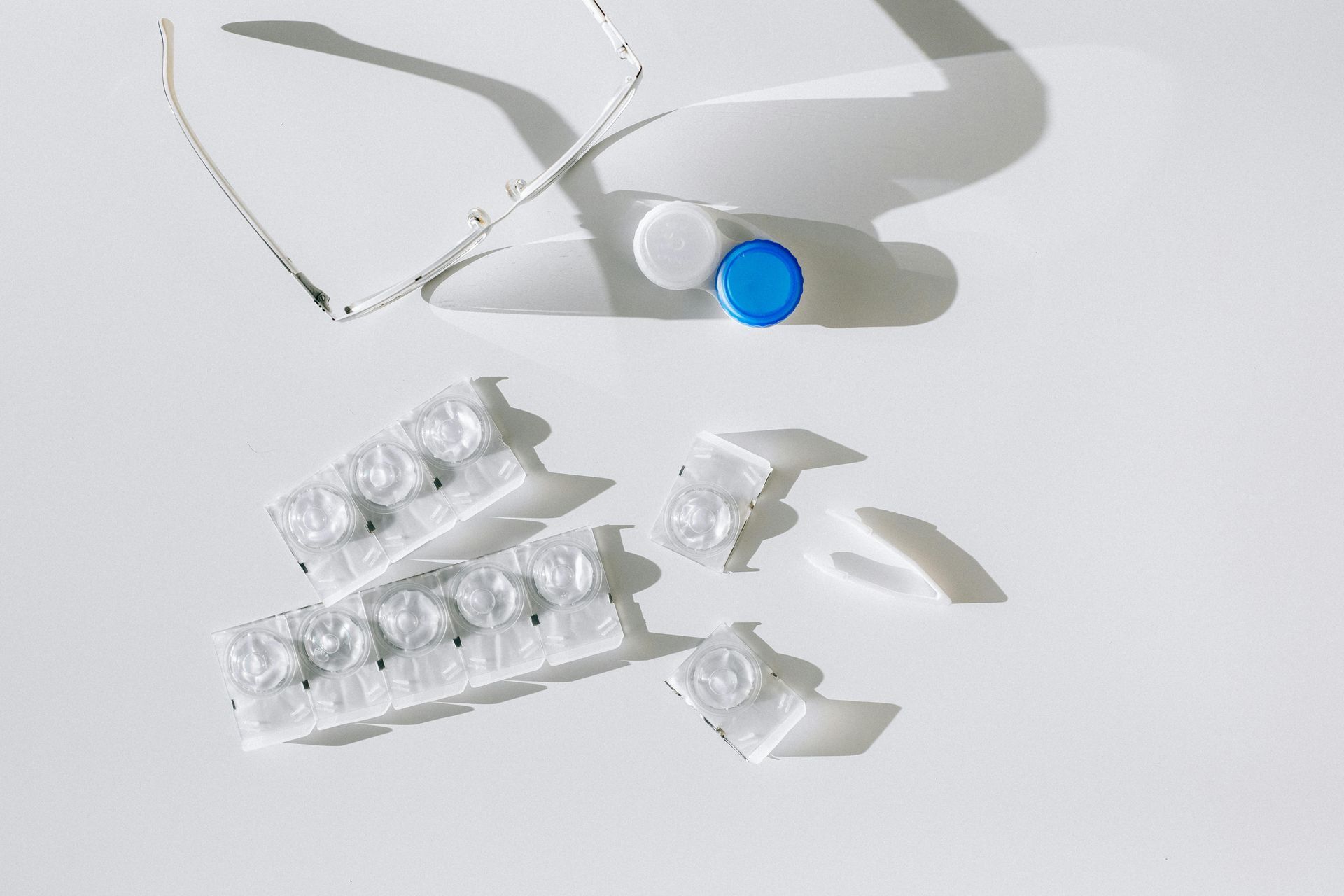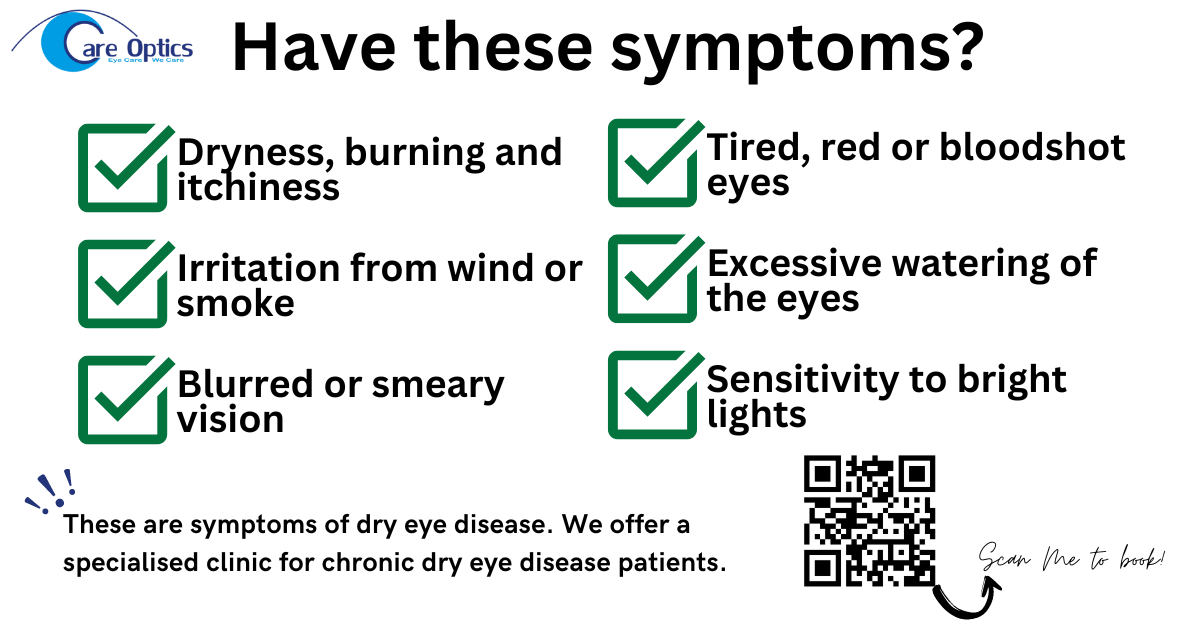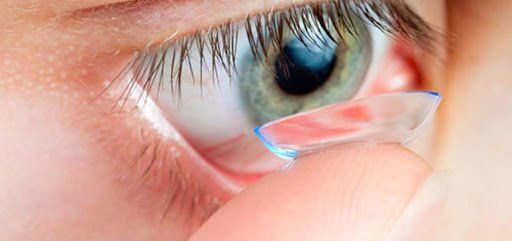Dry Eyes, Flashes, Floaters & Similar Symptoms – Your local Optician can help you!
- By Monica Coelho
- •
- 10 Jan, 2023
- •

The Minor Eye Condition Service (MECS) is a service provided by certain Opticians around your living area for Dry Eyes, Flashes & Floaters, Red Eyes, etc. This is a free service under NHS and the main target is to stop patients from filling in GP’s appointments and losing time in their offices, as they are not equipped with the right instruments to do the full extended eye health check that you might need. We provide care for the following symptoms:
Dry Eyes
This is a common chronic (long-term) condition that may be
caused because our eyes do not produce enough tears, or because the tears we
have evaporate too quickly or do not spread evenly across the front of the eye.
The symptoms usually happen in both eyes that can feel itchy, irritated, sandy
or gritty, stinging and, in severe cases, can experience blurred vision.Dry eyes can be very uncomfortable, but rarely causes
any serious eye damage.
Flashes & Floaters
Floaters are very common, normally harmless and more common in short-sighted or older people. They often look like small dark spots or small pieces of hair/cobweb that appear to be floating in your eyes.
You also can experience flashes of light instead and these are usually due to movement of the gel inside the eye. Very occasionally, flashes or an increase in floaters can be a sign of a retinal detachment which needs treating as soon as possible.
Red Eye
Red eye has many different causes, which can be only diagnosed when the patient has a full eye health check. Might be due to dry eyes, air conditioning, allergies, etc., so it definitely needs a MECS appointment to determine what seems to be the condition causing it.
You can find this service in both Woodford & Dagenham stores, so don’t hesitate to contact us if you are experiencing this symptoms.

Causes
As written above, UV exposure seems to be one of the main reasons for Pterygium development, but wind and dust can also cause it as this leads to Dry Eye Disease, which by consequence will lead to this condition. Genetics may also play an important part, as some people seem to be more at risk than others.
Signs & Symptoms
Pterygium usually appears on the side of your eye that is closest to the nose, but it can also appear on the other sometimes. It is common to have it in one eye only, although sometimes it may appear on both eyes.
There are people who don't experience any symptoms or require treatment in the beginning, but as the growth develops, there can be redness, gritty, itchy or burning sensation, the eyes can become irritated and even swollen.
When the Pterygium starts to invade the cornea, it distorts the shape of the front of the eye, causing the curve of the cornea to change, leading then to refractive errors (Astigmatism in most cases).
Treatment
The treatment depends on the size of the Pterygium itself. If it's just a small growth, your Optometrist/Ophthalmologist can advise the patient on lubricants (eye drops or gels) to temporary reduce symptoms like redness, swelling, itchy or gritty felling.
If the Pterygium is more advanced, the only option is then surgery.
How to avoid it
As previously said, UV radiation and exposure seems to be one of the main reason leading to Pterygium. For that you have the perfect solution that is available for everyone - sunglasses . A good pair of sunglasses will filter the UV rays, giving you a sharper vision but also protecting you from conditions like Pterygium, Cataracts, Glaucoma, etc. Make sure to buy your sunglasses from a Optician instead of a shop non-related to eye care. A good pair of sunglasses should have UVA, UVB and UVC protection, and usually those shops will only have one of those protections - or even none.
We remind you that if you have any of these symptoms or any other, if you need to book an appointment or if you have any queries, please contact us over phone or email. We will be very happy to help you.
Keep in mind: At Care Optics - Eye Care, We Care









